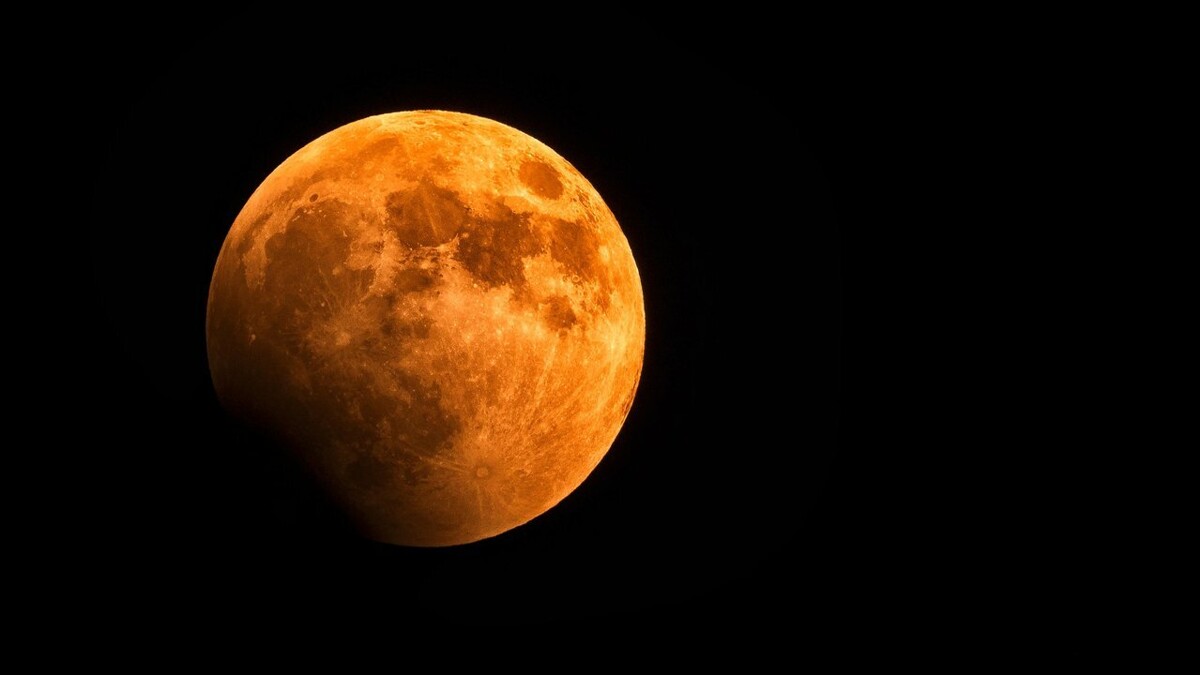
In the early hours of Friday, the Moon took on a deep reddish hue during a total lunar eclipse, a unique astronomical event that sparked great interest among astronomers and space enthusiasts. As the Earth blocked direct sunlight, the only illumination that reached the Moon was filtered by the atmosphere, giving it its characteristic red color.
The total lunar eclipse was visible over much of America and reached its peak around 3 AM. Such eclipses are not very frequent, and this particular one coincided with Pi Day (3.14), an emblematic date for mathematics and astronomy.
According to reports from the Argentine News Agency (NA), during the total lunar eclipse, NASA and other space agencies took the opportunity to conduct scientific observations and collect data on its impact on the lunar surface. This research will be vital for future crewed missions to the Moon.
For those who missed this astronomical spectacle, they will have to wait more than two decades to witness another total lunar eclipse with similar characteristics. The next significant astronomical event will be a total solar eclipse in 2026, primarily visible from Europe.













